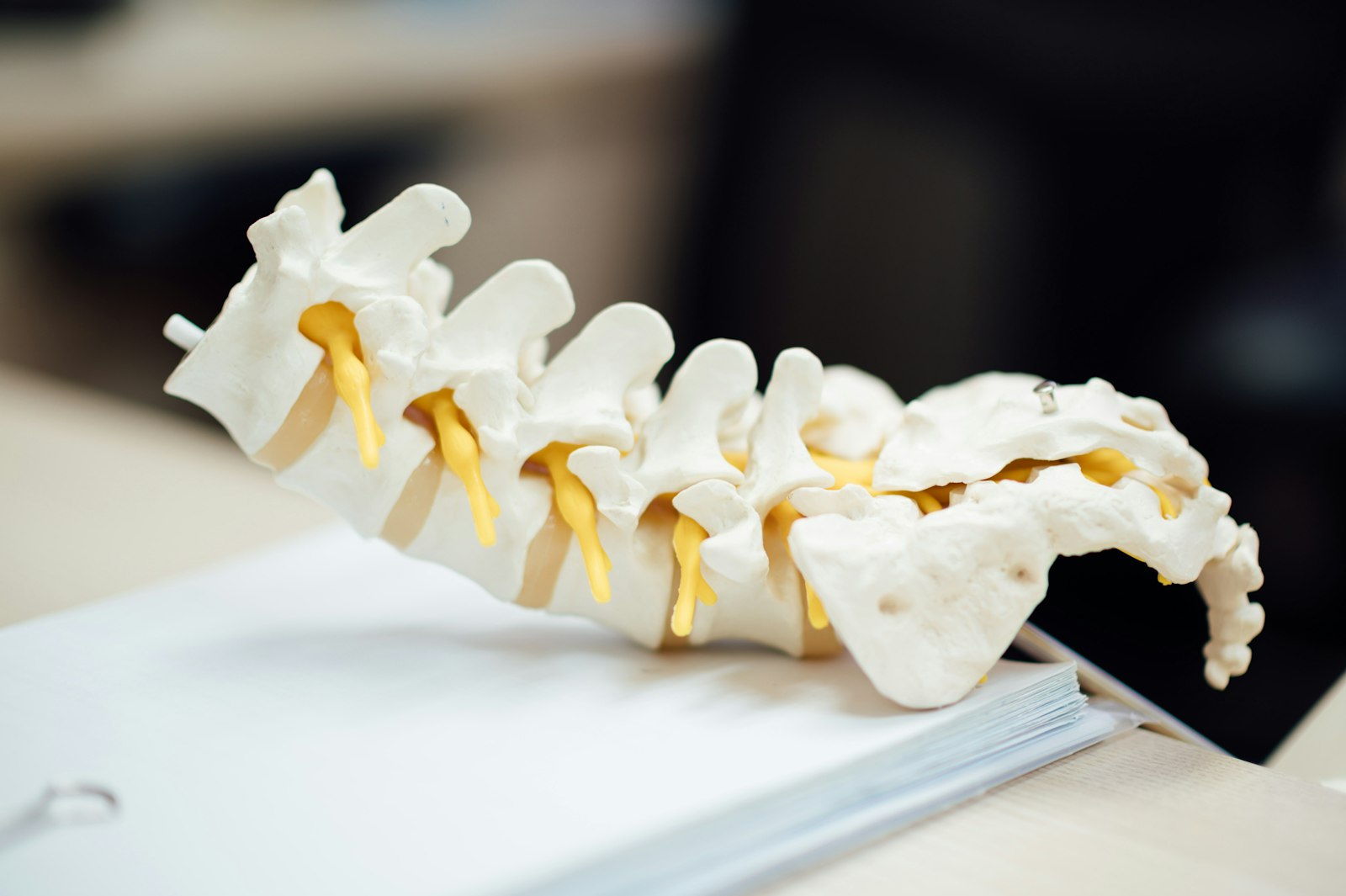Robots and artificial intelligence may soon be coming to aid spinal injury patients, according to a team of researchers at Rutgers University.
With funding from the National Science Foundation and National Institutes of Health, the researchers have succeeded in stabilizing Chondroitnase ABC (ChABC), a therapeutic protein capable of reversing and regenerating damaged spinal tissues.
“This study represents one of the first times artificial intelligence and robotics have been used to formulate highly sensitive therapeutic proteins and extend their activity by such a large amount,” said Adam Gormley, project head and assistant professor of biomedical engineering at Rutgers.
Complete recuperation from spinal cord injuries can be difficult, as the inflammation of critical neural cells produces dense scar tissues that in turn obstruct the tissue’s ability to regenerate, resulting in additional, potentially permanent damage to the patient’s spinal cord.
ChABC, so far has been used in adults to treat failing vision, and scientists have anticipated since 2008 that it can be an effective treatment for spinal cord injuries by acting as a buffer for scar tissue molecules preventing tissue regeneration.
However, ChABC is thermally unstable—losing all activity at the human body temperature of 98.6 degrees Fahrenheit—and also highly volatile under clinical conditions. Tempering scientists’ hopes, ChABC has been extremely difficult and costly to infuse. The findings of the study is hoped to both lower the cost of care for patients receiving treatment for spinal cord injuries and play a key role in developing future therapeutic applications.
"This inspiring result demonstrates an excellent implementation of the research philosophy of the Materials Genome Initiative and NSF's [DMREF] program," said John Schlueter, NSF Program Director for the Division of Materials Research. The Material Genome Initiative (MGI) is a federal, transagency research program for the accelerated development of U.S. policy, resources, and infrastructure in “advanced materials” such as computational tools, collaborative networks, and digital data.
"By integrating data-driven optimization, robotic polymer synthesis, and high throughput testing, these researchers have made significant improvements in retained enzyme activity after three iterations of active learning," Schuluester added.
The results of the research were first published in Advanced Healthcare Materials on February 22.
Revolution by Design: The Materials Genome Initiative #MGI https://t.co/vuOUbZY4KP #materialscience pic.twitter.com/3IqqkZNZAB
— National Institute of Standards and Technology (@NIST) August 17, 2016
“We can help make molecular characterization available throughout the country so that it will be a standard of care that every child can get,” said Maryam Fouladi, M.D., Committee Leader at the Children’s Oncology Group. “An accurate molecular diagnosis can inform optimal treatment for every child.”
The MCI is part of the Biden administration’s resurrected Cancer Moonshot Initiative, a nationwide project against cancer that then-Vice President Biden launched in 2016. In addition to three initial goals — increased government support of cancer R&D, increased collaboration, and improved data networking — the renewed effort seeks to reduce the mortality rate of cancer by 50 percent over the next 25 years and ameliorate conditions for cancer patients, survivors, and family.
Eligibility requirements are expected to expand to cover children and AYAs with other rare tumors outside of COG hospitals by late 2022 and 2023.






